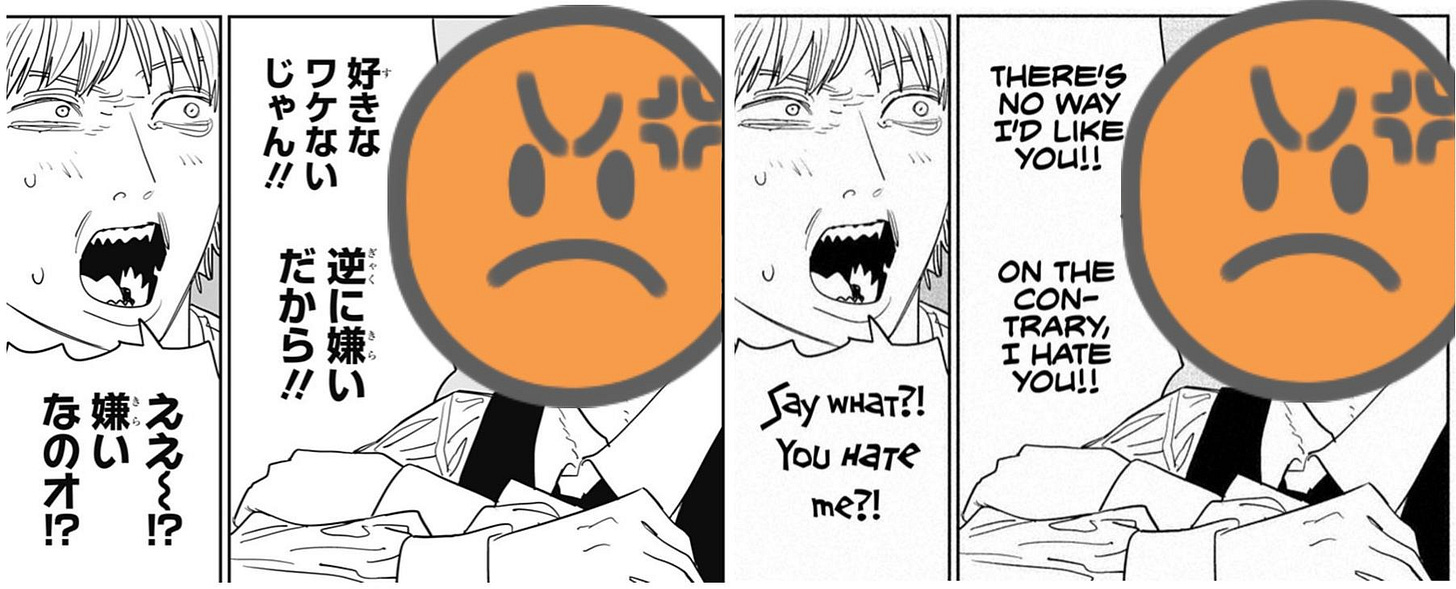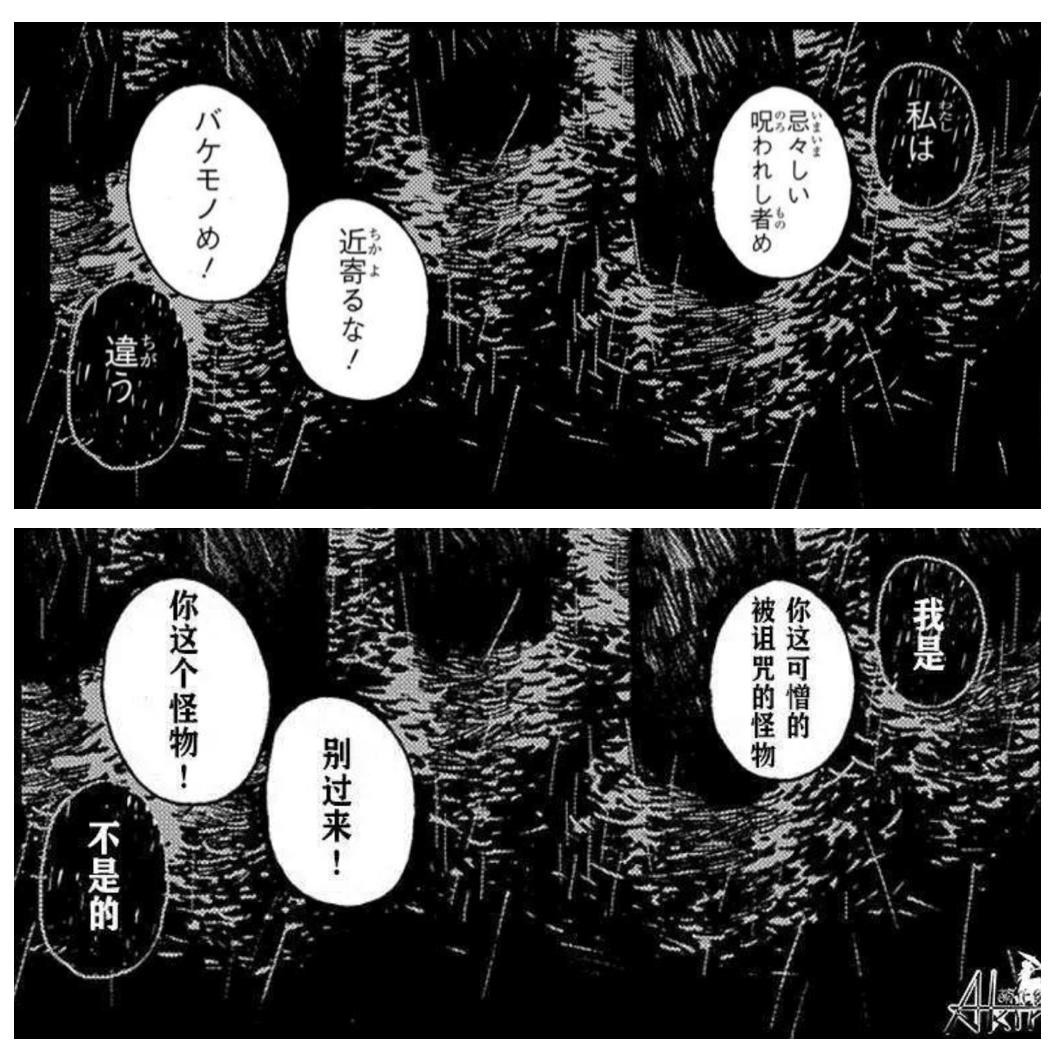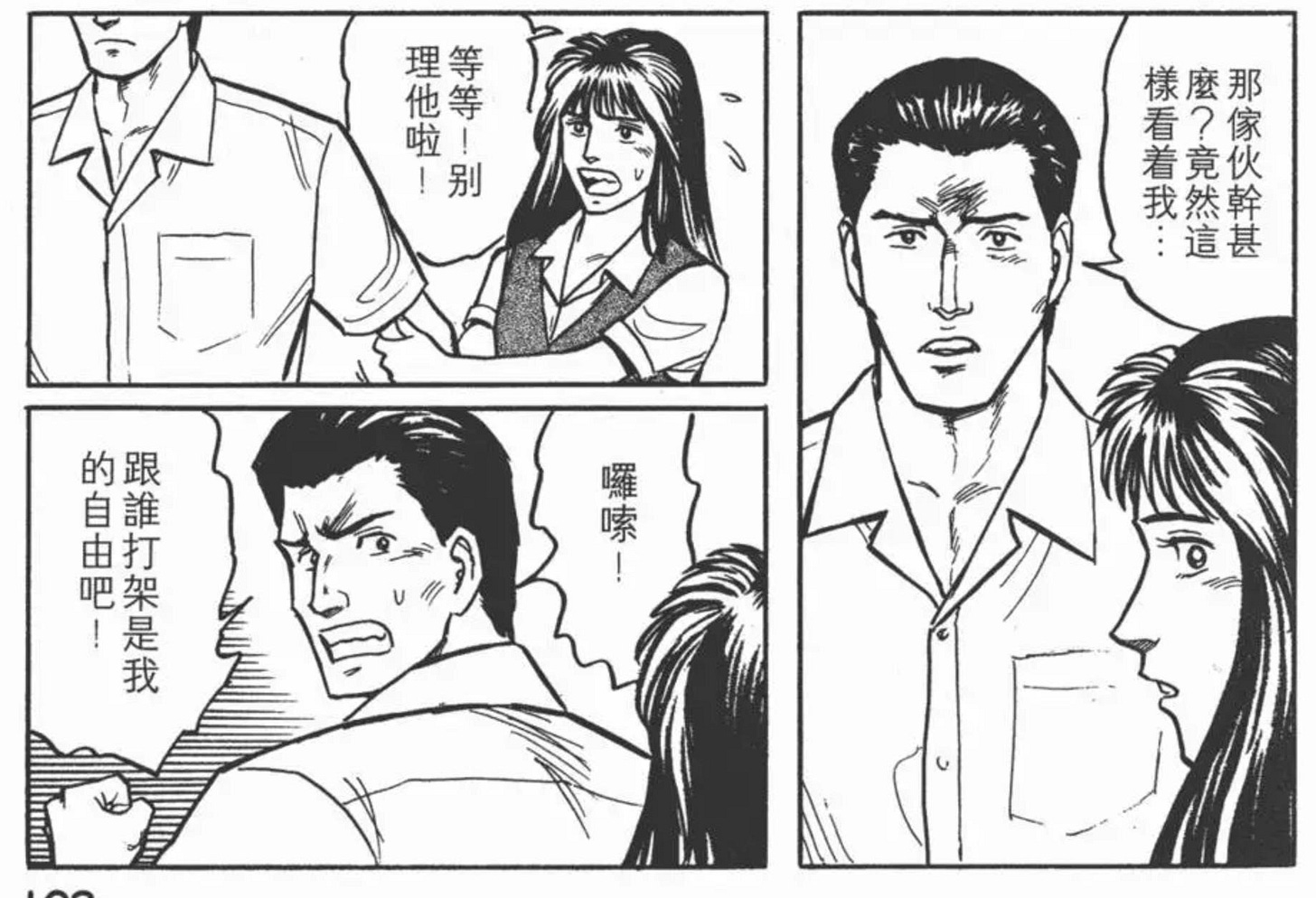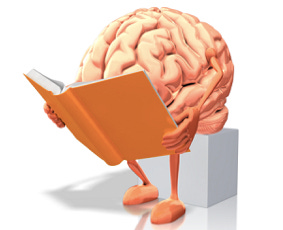Addicted to Learning: The Surprising and Fun Way I Study Languages Without Homework
Lessons learned from the comic book academy.
What if you could binge watch your favorite TV series and wake up the next day fluent in another language? Love, addiction, obsession -- whatever you want to call it -- is a powerful motivator that added a major boost to my language learning journey.
A month ago, I was pretty addicted to the Chainsaw Man manga and was able to use it to take my Japanese reading ability to the next level. Over a period of 19 days, I devoured 2,200 pages of manga and learned from around 15,000 Japanese sentences. There were no "homework" assignments, I hardly "forced" myself to do anything, and the entire process was very fun, easy, and exciting. Here are some of the lessons and experiences I gained from my addictive content consumption adventure.
Love beats lukewarm enjoyment
One of my most important takeaways is to be ruthlessly mindful of what you love and what you hate. It sounds obvious, but there is a huge difference between what you kinda like, what you hate, and what you truly love. The question I ask myself when choosing content is: "Would I still be interested in this even in my native language? Or am I just doing this as a homework assignment?" Checking in on this feeling is a great way of making sure that you're on the right track. People usually don't have much energy or time to do homework on a daily basis, but time spent on what you love is almost infinite, constrained only by the number of waking hours in the day.
Avoid -- and be honest with yourself -- about content that you hate and which simply isn't working for you. Take on reading assignments that are at least semi-enjoyable; these can be the basic substance for your daily language "homework." And eagerly, aggressively, and proactively seek out for content that you truly love. Cling on it, double down on it, and explore adjacent recommendations. Reading what you love unlocks you boundless free time and energy that you otherwise wouldn't have in learning.
In my own experience, it can even be worth it to struggle with advanced and uncomfortable material if it's consistent with what you love. Likewise, in a somewhat counterintuitive way, "easy" readings can quickly transform into "difficult" nightmares if they're boring, juvenile, or tedious, ESPECIALLY if you are currently stuck at the intermediate-learner’s plateau. I was surprised to see this even in my own experience when “easy” Chinese readings for kids became harder for me to read than genuinely-exciting Chinese pop fiction.
There are several major reasons why I particularly and especially loved Chainsaw Man even more than other Japanese comics. Check back next week to see this in a later blog post.
Lost in translation: The excitement of the original language
Before starting this book series, I committed myself to reading Chainsaw Man only in its original Japanese. I was free to look up individual Japanese words in the dictionary, but I never allowed myself to "cheat" by reading the English translation ahead of time or seeing spoilers on the internet. If you already have a habit of reading English-language comics, it might be hard to break out of that -- but for me, it was easier because (1) I haven't read English-language graphic novels for many years; (2) I felt excited to know that Japanese really is the "original" language that the series was "intended" to be written in. Fellow students probably already know that comic-book Japanese is a very exciting language, filled with many stylish dialects, grammatical tricks, and hilarious comedic timing; all of these things are lost in translation when we use a different language.
In this scene from Chainsaw Man, a girl and a boy are arguing. The English translation is good, but the phrases "On the contrary" and "Say what" are a little awkward. Moreover the Japanese is somewhat more comedic, and it contains the dialectal flavor of a sassy and argumentative teenage girl trying to be contrarian against a dumb and oafish boy who is genuinely caught by surprise.
In another example, from The Girl from The Other Side, an unnamed woman has been infected with a deadly curse and is being told to keep away from ordinary citizens. The Japanese original (upper) captures the masculine vs. feminine dialect difference as well as the heartless attitude of the citizens, all of which are partially lost in the somewhat-awkward but still correct Chinese translation (lower).
Some media formats are better than others
Action manga is great for language learning because the artwork acts as additional enforcement for the language. Whereas plot-heavy romance often shows two people talking at each other with multiple sentences with minimal additional elements, action stories have great variation in art, which makes it even easier to guess words that you don't know. Moreover, action manga has a great variance of action-only scenes (with minimal text) and story-heavy scenes (with a lot of text), allowing you to continuously read without taking any breaks. Let's also not forget that comic books allow you to work through the story at your own pace, unlike TV shows where you may have to constantly pause and rewind to keep up with the language.
For example, we can take a look at the expressiveness and body language of these action panels from Parasyte (寄生獣). The man, setting forward with determination, is held back by a woman, and he turns around with an exasperated glance. Even without understanding the underlying language (Chinese), we gain context clues as to what’s going on in the story. The key is to look for stories with many panels but few sentences.
Conclusion: what I gained
Before this endeavor, reading Japanese was like a process of slowly decoding and analyzing hieroglyphs on an archaeological artifact; I could extract the literal meaning for sure, but it required slow and conscious effort. But now, after reading through 11 volumes of this great manga, the process is less like archaeology and more like... genuinely reading at a fast and comfortable level! I lost most of my "fear" of reading Japanese, and my fluency in hiragana (Japanese alphabet) increased greatly. I encountered at least 250 vocabulary words that interested me. If you’re interested in learning how to purchase physical or digital copies of manga, check out this post.
I also gained valuable practice in skimming and subconsciously absorbing manga panels, rewinding and re-reading as needed to clarify meanings, and deliberately registering new vocabulary words. In my opinion, this type of "subconscious" or "semi-active" reading is a key attribute of fluency for native readers, and I'll probably write a blog post about that in the future.
What kind of content do you love to read? If you want to learn a new language, graphic novels and children's picture-books are a great way to increase your fluency. Overall, I'm very grateful to have been able to read one of my favorite manga series in its original language, and I'm sad that the experience is over. If you're interested in graphic novels and language learning, leave a comment and let me know what worked well for you!





